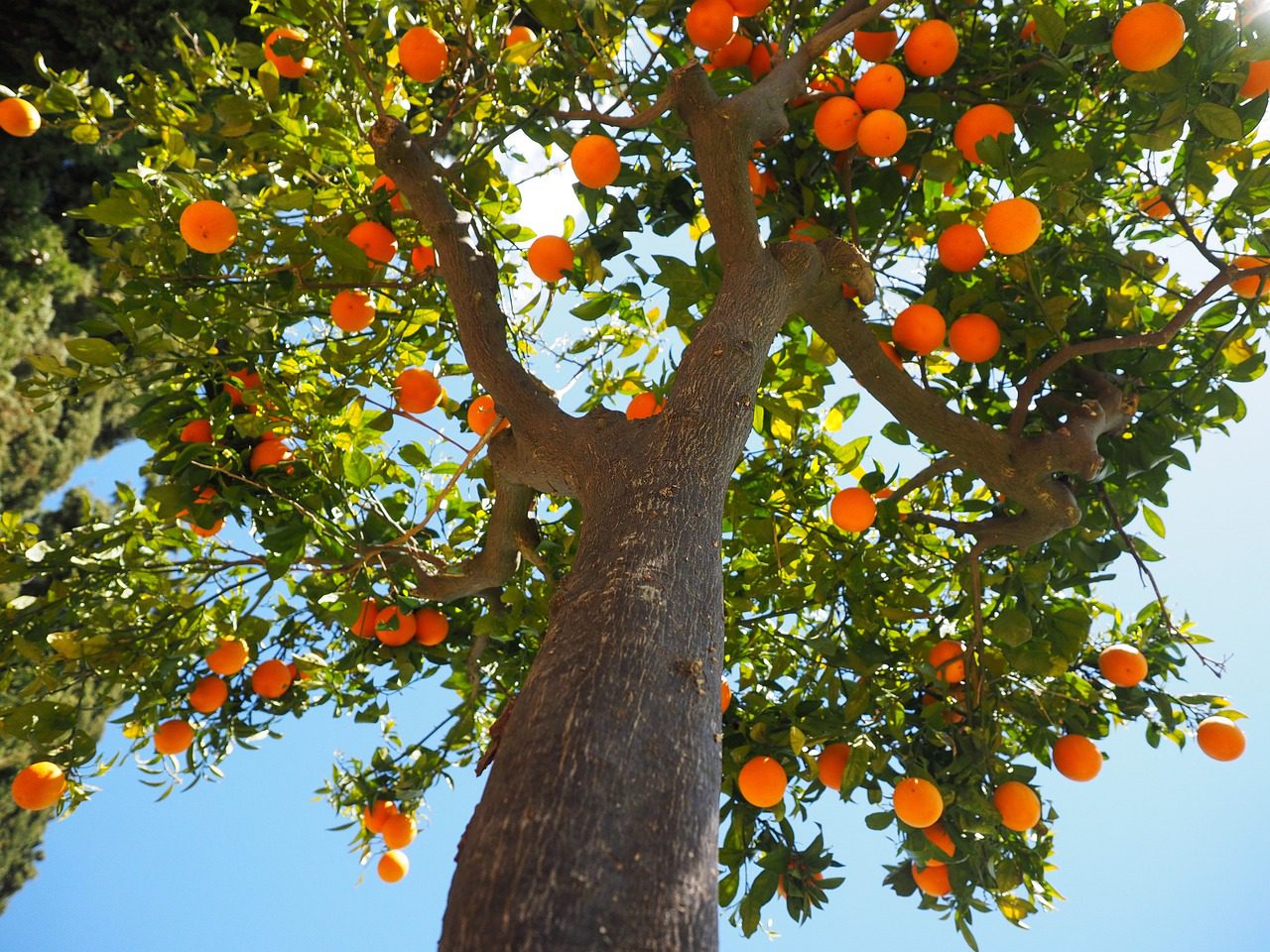See what researchers know so far about phytotoxicity and OTC injections in Florida citrus.
Florida citrus growers and researchers have been conducting OTC injections for two years now, and, like most things, there have been positives and negatives. According to a Citrus Industry article, in OTC injection trials, “yield increases of 25% to more than 100% have been measured consistently, along with significant improvements in fruit size and juice quality. While yield increases vary from trial to trial, the increase in Brix or total soluble solids appears to be more consistent, ranging from 10% to 20%.” However, growers are also seeing phytotoxicity symptoms. See what researchers know about it so far, below.
Phytotoxicity and OTC Injections in Citrus
Phytotoxicity is “any adverse effects on plant growth, physiology, or metabolism caused by a chemical substance.” Some growers and researchers are seeing phytotoxicity symptoms in citrus trees injected with oxytetracycline (OTC). These symptoms include:
- Moderate leaf yellowing in some parts of the canopy.
- Severe yellowing and bronzing.
- Leaf drop.
- Twig dieback.
- Fruit drop.
Unfortunately, researchers do not yet know the details of the ‘hows and whys’ of phytotoxicity, or how to avoid it completely. No doubt research is ongoing. According to the article, this is what researchers know so far:
- Phytotoxic “effects are usually only observed in a small section of the canopy.”
- “In most cases, yellowing or bronzing are followed by the production of healthy new leaves during the next flush.”
- “The location of phytotoxicity in the canopy is related to the proximity of a branch to the injection site. Branches emerging closely in line with the injection site will usually receive more OTC than branches emerging on the opposite side of the injection and experience the most severe phytotoxicity.”
- “At harvest, the injected side of the canopy usually looks healthier and produces more and better-quality fruits than the opposite side.”
- “Phytotoxic effects are not limited to OTC or the low pH of the injected solution.”
- Research suggests that weather and “the local environment at the time of injection plays a role in the tree response.”
- “For new tree plantings, managing the trees so they have a longer trunk rather than a short one should be considered. The longer the trunk, the more time (distance) the OTC has to disperse evenly before reaching the scaffold branches.”
- “It is better to inject in line with the crotch of the scaffold branches instead of directly in line with a main branch.”
- “The best approach is to use two injectors (or more for very large trees) spaced evenly around the trunk, to split the OTC into multiple smaller doses.”
Griffin Fertilizer is committed to helping both growers and ranchers make sound agronomic and economic decisions in order to maximize the health of their grove and pasture. As a full-service custom dry & liquid fertilizer blender and crop protection product distributor, we will continue our mission to further advance Florida agriculture. For questions -or concerns about your farm or pasture, contact us and one of our team will be in touch.

